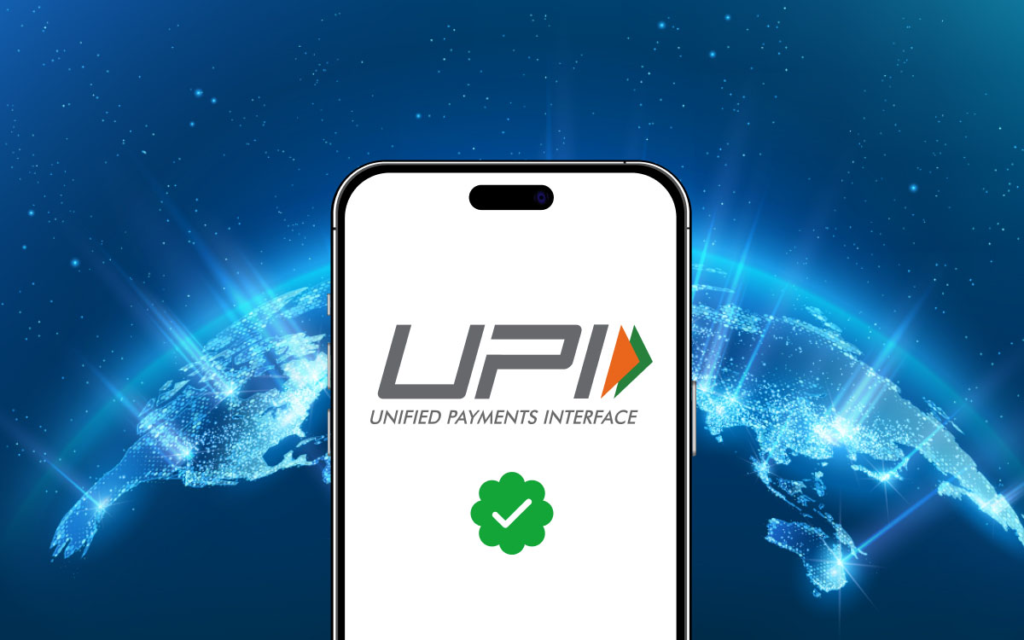In a significant move to boost digital payment accessibility, the Reserve Bank of India (RBI) has increased the transaction limit for UPI 123Pay from ₹5,000 to ₹10,000 per transaction. This change, effective October 9, 2023, reflects RBI’s commitment to advancing financial inclusion and broadening the reach of digital payment systems. The National Payments Corporation of India (NPCI) has directed banks, public sector banks (PSBs), and service providers to implement these updates by January 1, 2025.
What Is UPI 123Pay?
UPI 123Pay is a feature-rich platform that allows users with feature phones to access UPI services without requiring an internet connection. This innovation bridges the digital divide, enabling millions of users without smartphones or stable internet access to participate in India’s growing digital economy.
The platform supports four key payment methods:
- Interactive Voice Response (IVR) Numbers: Users can make payments by calling a designated number and following the voice-guided instructions.
- Missed Call Services: Payments can be triggered by giving a missed call to pre-assigned numbers, which prompts authentication and transaction completion.
- OEM-Embedded Apps: Feature phones with pre-installed UPI apps can facilitate payments and related services.
- Sound-Based Technology: Transactions are enabled via ultrasonic sound waves for secure and quick payments.
These mechanisms make UPI 123Pay an inclusive payment system designed to serve the unconnected and underbanked population.

Key Changes to Be Implemented by January 1, 2025
1. Increased Transaction Limits
- The transaction cap for UPI 123Pay is being doubled, increasing from ₹5,000 to ₹10,000 per transaction. This allows users to conduct higher-value transactions, especially beneficial for small businesses, merchants, and high-value peer-to-peer transfers.
2. Aadhaar OTP Integration
- To enhance security and simplify the onboarding process, Aadhaar OTP authentication will be introduced for UPI 123Pay. This will make it easier for users to register and access UPI services securely.
3. Transaction Tagging and Identification
- New Purpose Code (Code 86): All UPI 123Pay transactions must include the newly assigned purpose code 86 in the
purposetag to classify financial and non-financial transactions accurately. - Updated Initiation Modes: Previously used initiation mode “31” will be invalid. Banks and service providers must adhere to updated procedural guidelines for transaction initiation modes.
- Integration with UPI Numeric ID Mapper: UPI members are required to implement numeric ID functionality, ensuring seamless mapping and processing of numeric identifiers in UPI transactions.
4. Expanded UPI Lite Wallet Limits
- As part of a broader strategy, the RBI has also raised the UPI Lite wallet balance limit from ₹2,000 to ₹5,000 and the per-transaction limit from ₹500 to ₹1,000. UPI Lite, designed for small-value offline transactions, further complements the overall UPI ecosystem.
Why These Changes Are Significant
Driving Financial Inclusion
With over 300 million feature phone users in India, UPI 123Pay plays a pivotal role in bringing the benefits of digital payments to underserved communities, particularly in rural and semi-urban areas. By raising the transaction limit and integrating Aadhaar OTP, the system becomes more robust and accessible.
Promoting Higher-Value Transactions
The increased transaction limit will encourage broader adoption among merchants and users, facilitating higher-value transactions and supporting small businesses.
Strengthening Security and Compliance
New tagging protocols, numeric ID mapping, and procedural updates are designed to enhance transaction accuracy, reduce errors, and strengthen security. These measures will streamline the process for users and service providers alike.
RBI’s Vision for UPI
RBI Governor Shaktikanta Das emphasized the transformative role of UPI in reshaping India’s financial landscape. By making digital payments more inclusive, accessible, and secure, UPI has become a cornerstone of India’s digital economy.
Das highlighted that the latest updates, including the expanded UPI Lite wallet limits, align with the vision to promote innovation and encourage adoption of UPI services across demographics. These steps aim to further deepen the reach of digital payments and ensure financial inclusivity at scale.
What Lies Ahead
The implementation deadline of January 1, 2025, provides sufficient time for stakeholders, including banks, PSBs, and service providers, to adapt their systems and comply with the new guidelines. The combined updates for UPI 123Pay and UPI Lite underline the RBI’s commitment to fostering a comprehensive digital payment ecosystem, ensuring no user is left behind.
These developments mark a significant step toward empowering every Indian with the tools to participate in the country’s rapidly growing digital economy.









